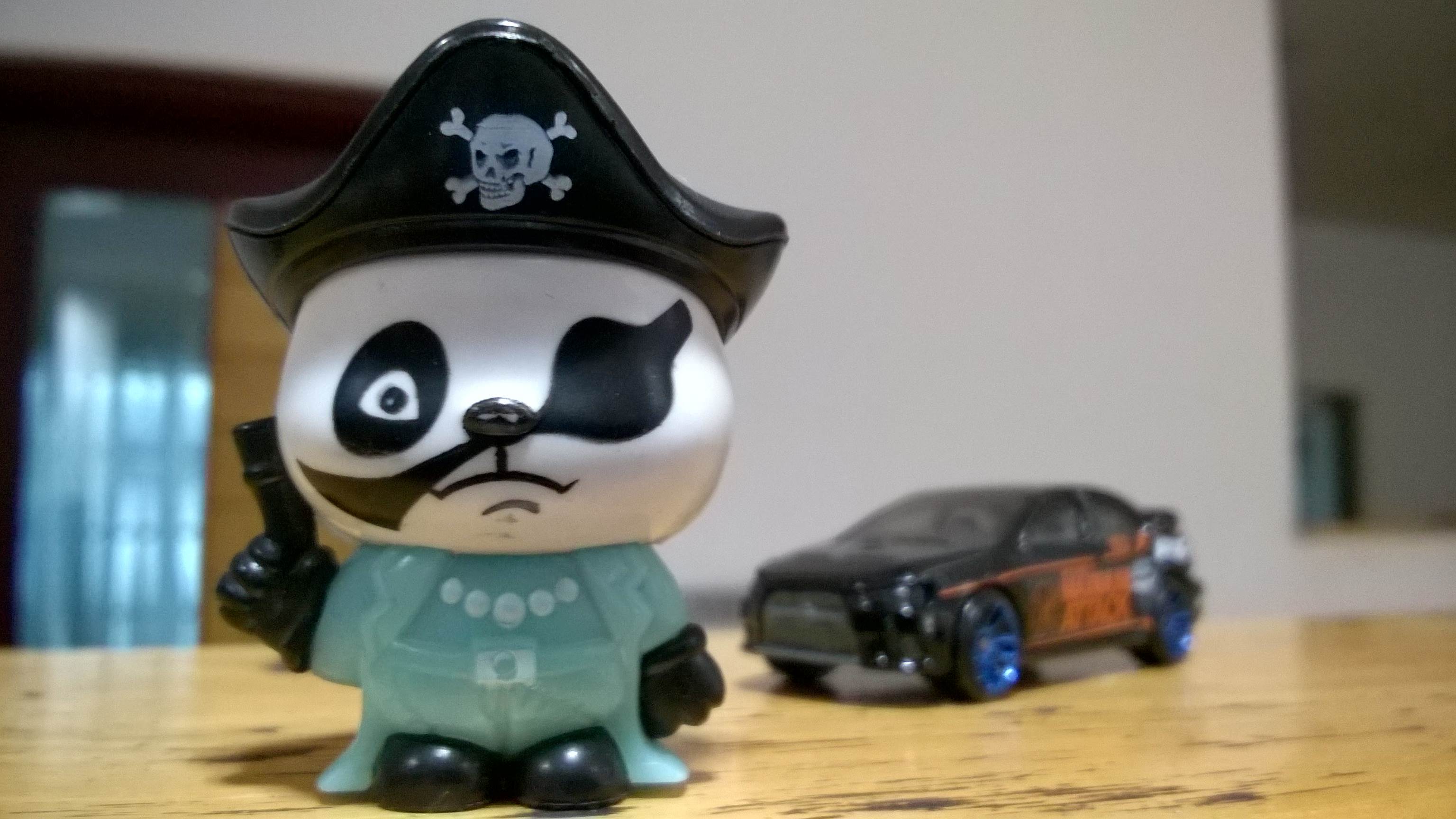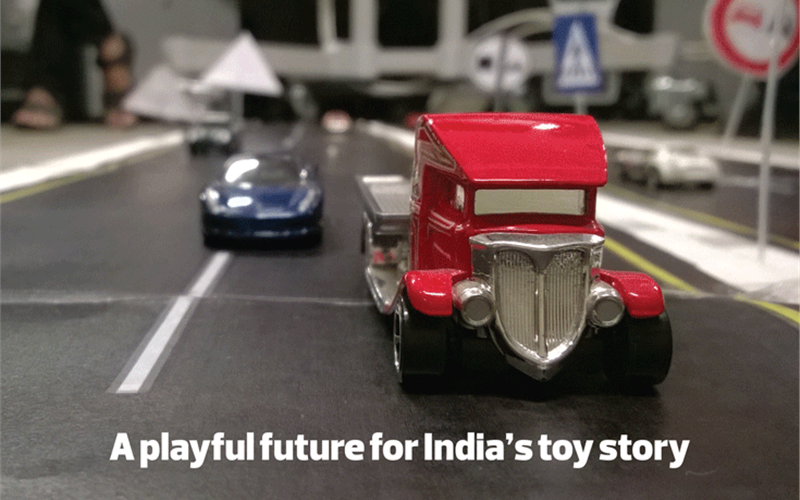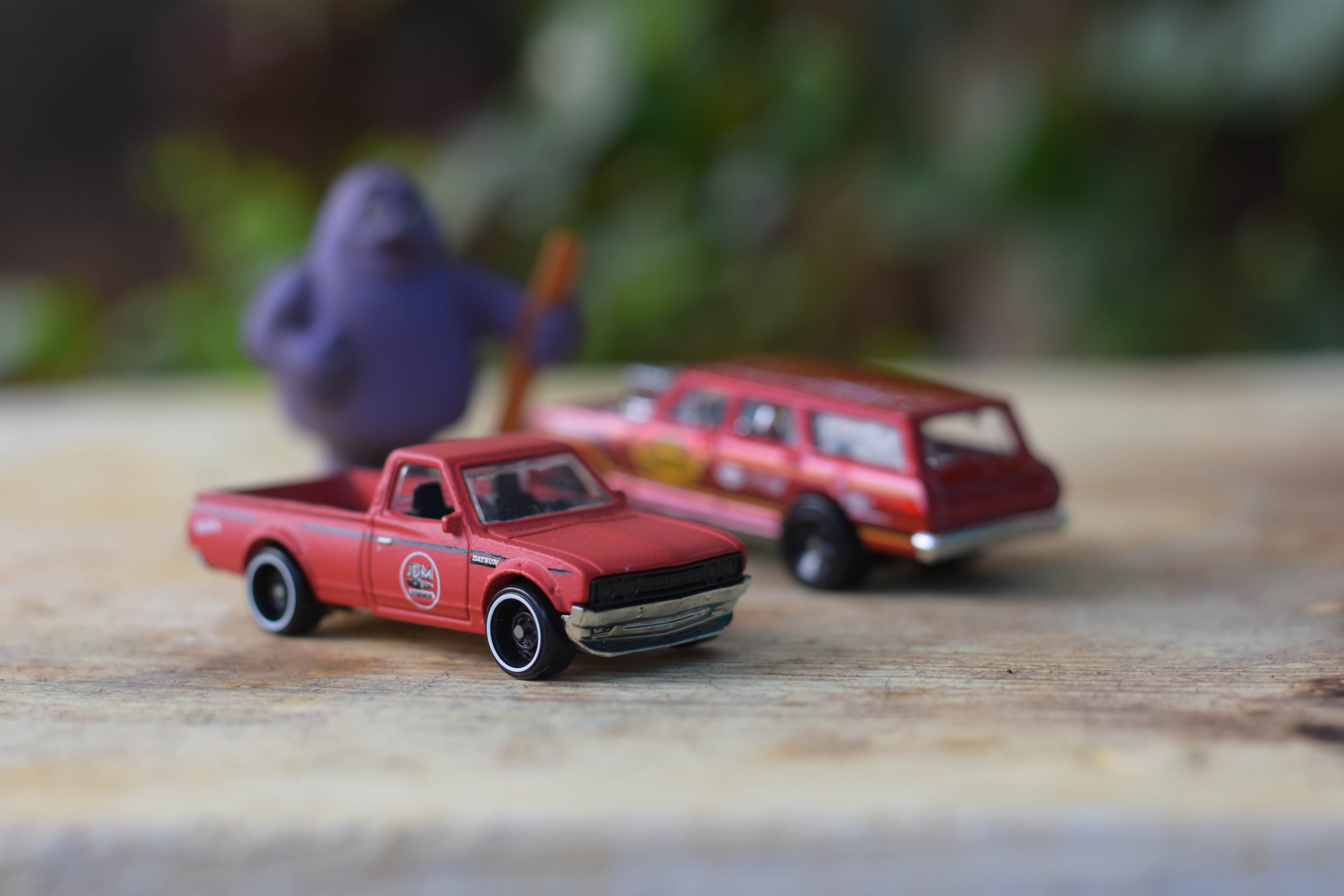A playful future for India’s toy story
India’s share in the global toy market is less than 1%. This indicates potential for growth. Aultrin Vijay spots important trends plus an opportunity for packaging converters who can reap benefits from the toys sector
23 Apr 2021 | By Aultrin Vijay
The toys sector in India is fragmented with 90% of the market being unorganised whereas 4,000 toy manufacturing units from the MSME sector, predominantly from locations such as New Delhi, Maharashtra, Karnataka, Tamil Nadu and clusters across central Indian states.
According to Invest India – the national investment promotion and facilitation agency of India – the toys industry in India is estimated to be USD 1.5-billion, making up 0.5% of global market share. However, almost 60% of this demand is met by imports.
Although the industry has the potential to grow up to USD 3.3-billion at a CAGR of 13.3% between 2019 and 2024, the domestic toy demand has been forecasted to grow at 10%-15% against the global average of 5%. This could be attributed to some of the trends that are contributing to the growing demand. One of the trends is that there will be a 2.5 times increase in income per capita from 2016 to 2027.
The Invest India data also shows that there will be a 1.2-times increase in the proportion of affluent and elite consumers in tier 2 and tier 3 cities by 2025. India is also the world’s second largest producer of polyester and related fibres with 8% global share for plush toys.
Development programmes for toys
To add spice to this segment, the government has also been promoting the make-in-India concept to boost domestic manufacture of toys. In February, 2021, the Prime Minister of India called upon start-up entrepreneurs to explore the toy sector. He urged industry players to support local toys and reduce reliance on foreign goods.
He asked the toy manufacturers to use less plastic and more eco- friendly material, in addition to focus on innovation. However, he regretted that India©s share in the USD 80-billion global toy market was very less, and around 60% of the toys sold in the country were imported.
Guruprasad Mohapatra, secretary, Department for Promotion of Industry and Internal Trade, Government of India said that the government wants Indian toys to achieve both quality and competitiveness and is exploring what kind of incentives are required by the toy industry. Mohapatra said that toys are of serious economic concern and “a very comprehensive toy master plan has been prepared” with various ministries and state governments involved in promoting the toy industry.
He was speaking at a webinar on making India the next global hub for manufacturing and sourcing of toys, during the first- ever India Toy Fair 2021. The government has also approved eight toy manufacturing clusters at a cost of Rs 2,300 crores to boost India’s traditional toys industry.
One of the first clusters is being developed in Koppal, Karnataka, which is also said to be the third-largest market for toys in India. It constitutes 9.1% of the national market valued at (USD 159-million). The Koppal cluster is being developed in partnership with Aequs Infra – also called the Foxconn of toy world – at an investment of USD 500-million. It will be spread over 400 acres of land, including an SEZ to serve export markets and domestic markets. It has the potential to create 40,000 jobs in five years and attract over Rs 5,000 crores in investments. The campus of the manufacturing units will include modal making and tooling, moulding, assembly, painting, packaging, testing and warehouse management.
Lalit Parmar, commercial director at Hasbro India in an interaction with Raahil Chopra, managing editor at Campaign India, said, “As of now, a lot of imports are coming in for sure. The industry has evolved over time. As an organisation, we are fully committed to supporting make-in-India.
Hasbro is currently the number one exporter of toys from India.” Parmar said that there’s a lot of technical know-how required in making a toy – so there’s a backend value chain creation that has seen an increase in employment that has been supported by the company. “We are leveraging India as a manufacturing hub. It is a manpower-intensive industry and having more production in India will lead to better employment,” he added.
Import-export scenario
All toy products under category HS Code 9503 benefit from a preferential tariff structure under Asia Pacific Trade Agreement (APTA) and ASEAN India Free Trade Area (AIFTA). As such, the imposed duties on toy imports of 60% are effectively reduced to up to 34.2% under APTA and 0% under AIFTA subject to FTA conditions. India has been importing toys of an average value of USD 285-million for the last three years under the Chapter 9503. Toys exports from India amounted to USD 130-million during 2019-2020 with the US and the UK being the lead exporters.
However, the push for made-in- India toys has started reaping benefits with major companies opting for India- made products. Swedish furniture major Ikea, which has a range of over 1,000 products as part of its children©s range, is looking to scale up sourcing of toys from India for its operations in New Delhi.
Commenting on the creation of eight toy manufacturing clusters, Kavitha Rao, country commercial manager, Ikea India said, “We feel that it is a great approach because it will also give us the opportunity to look at possibilities for sourcing toys locally, from within India as well.” "Ikea has a fairly large range of over 1,000 products as part of its children's range, which contributes around 6-8% currently, and we aim to reach 10-12% in the near future," Rao said. Apart from that, major companies including Hasbro and Mattel have extended their support to the make- in-India toy plan.

Role of packaging in toys sector
Packaging plays an important role in the toy industry. In some cases, the packaging itself is converted into a toy, which enables scope for more innovations in toys packaging as well as other sectors where children form a major chunk of consumers. It is also important that the packaging for toys should be as appealing as the toy itself.
The more attractive the packaging gets, the more children would opt to pick one from the shelves. When it comes to toys packaging, a lot of criterions need to be met in terms of packaging material. It needs to be free from any form of hazardous substance. The packaging material has to be child-safe, hygienic, BPA-free, sustainable and eco-friendly, as the consumer is a child.
These are some of the main reasons why substrates such as paper, mono-cartons, cardboard boxes, and biodegradable plastics are preferred. Also, the practicality, cost, printing and customisation capability















 See All
See All